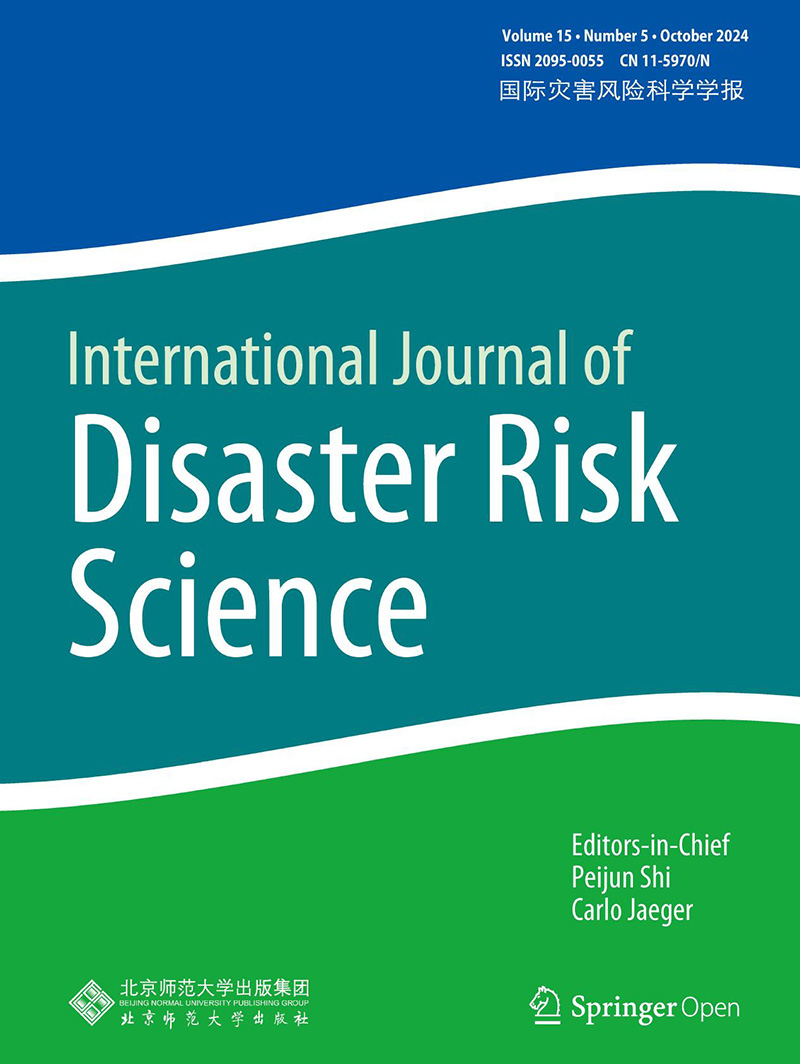2021, 12(5): 770-778.
doi: 10.1007/s13753-021-00366-2
Abstract:
Environmental risks are one of the greatest threats in the twenty-first century. Especially in the last years, the cascading impacts and risks associated with such events have received great attention as economic losses and consequences have mounted in their wake. As concerns about these ripple effects are rising, strategies to prevent and manage indirect risks are in urgent demand. However, such effects are currently barely considered in most countries and can seriously threaten global agendas such as achieving the Sustainable Development Goals by 2030 or the targets set out in the Sendai Framework for Disaster Risk Reduction 2015−2030. We discuss how the concept of risk-layering, which, though already applied in disaster risk management, could be expanded to include indirect effects. We point out some of the benefits, limitations, and ways forward for using this approach. To do so, we first delineate the transition of the risk-layering concept, which originated from the insurance industry, from its original use to its application in a wider context. We bring special focus to the application of risk-layering in disaster risk management and identify strategies that allow for the inclusion of indirect risks. Our main suggestion is that, while a probabilistic approach is appropriate for evaluating direct risks, a focus on connectedness is appropriate for indirect risks, which still allows for an easy link to direct risk-layering. This, so we argue, facilitates more comprehensive risk management systems apt to deal with the multi-dimensional challenges ahead.



